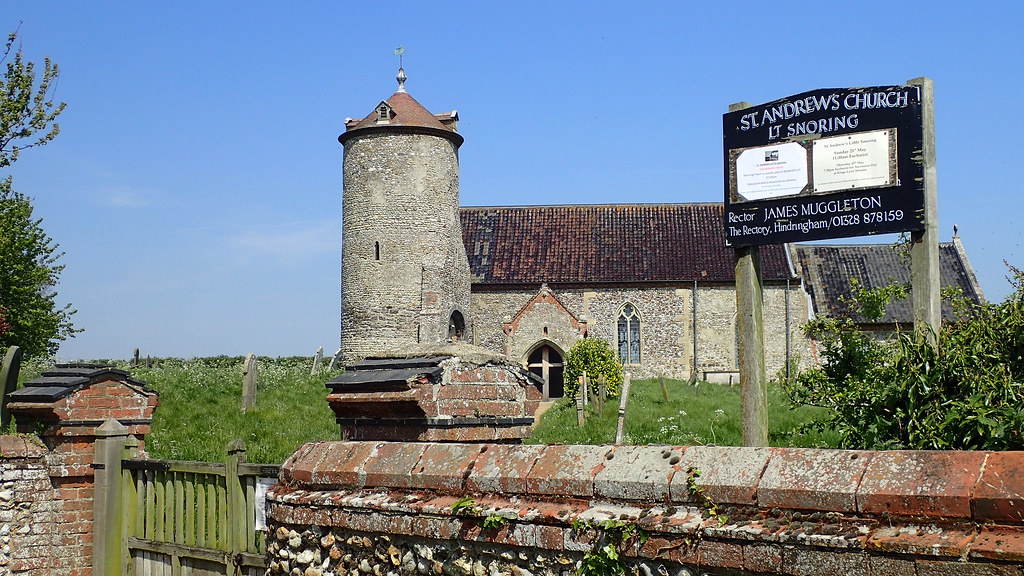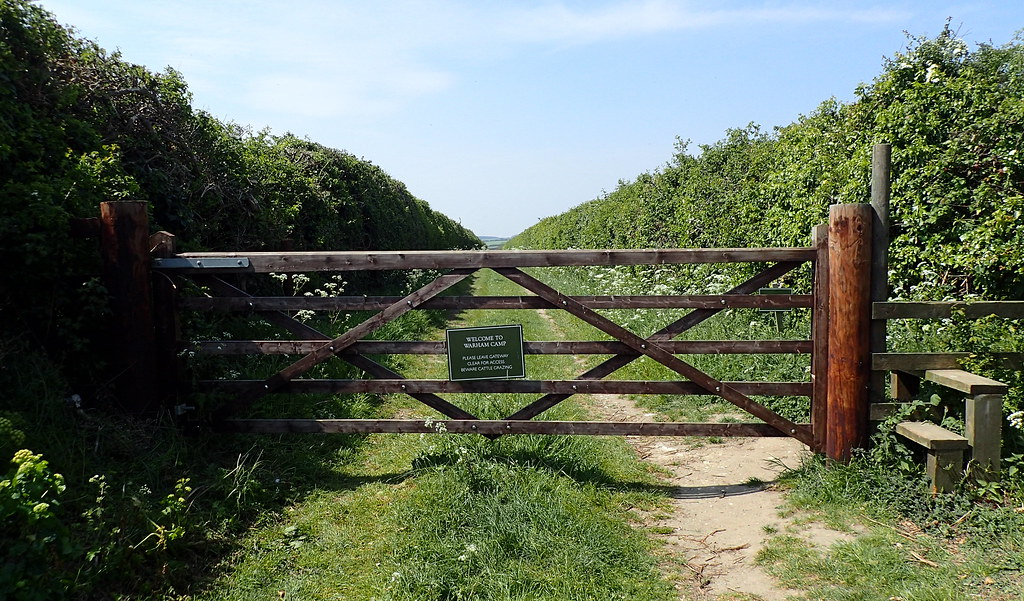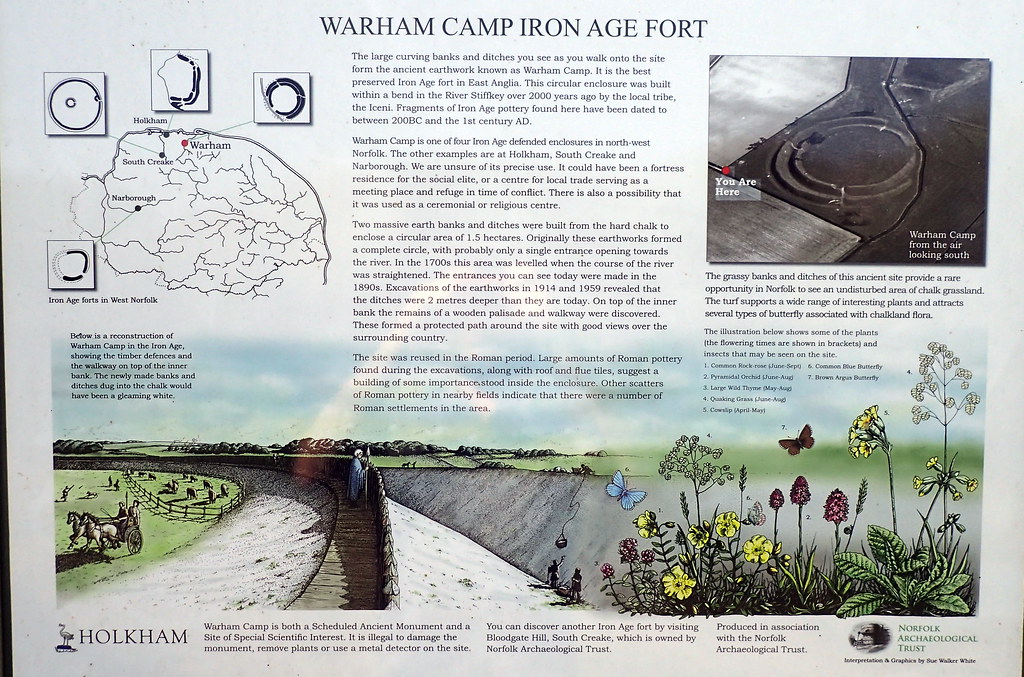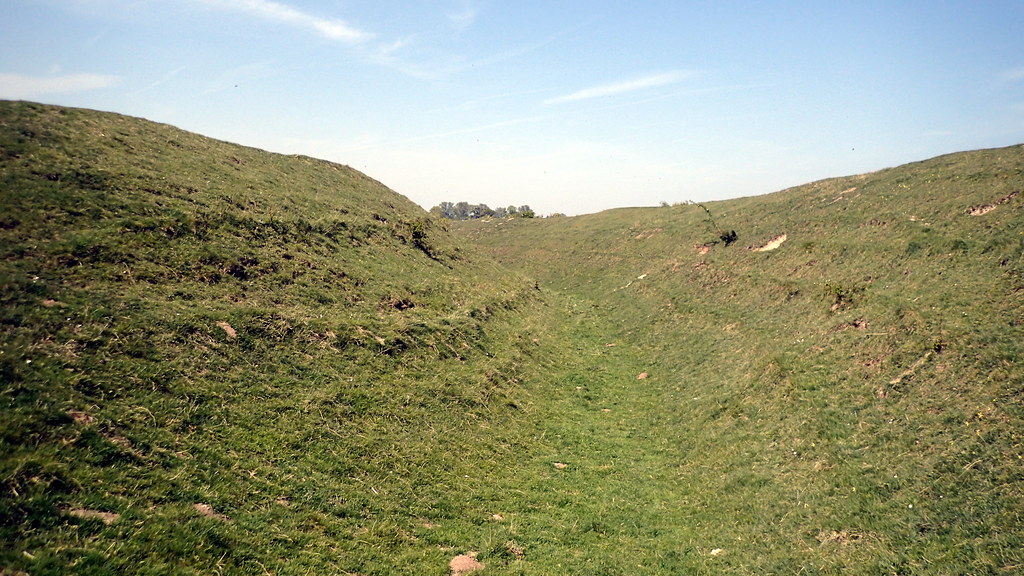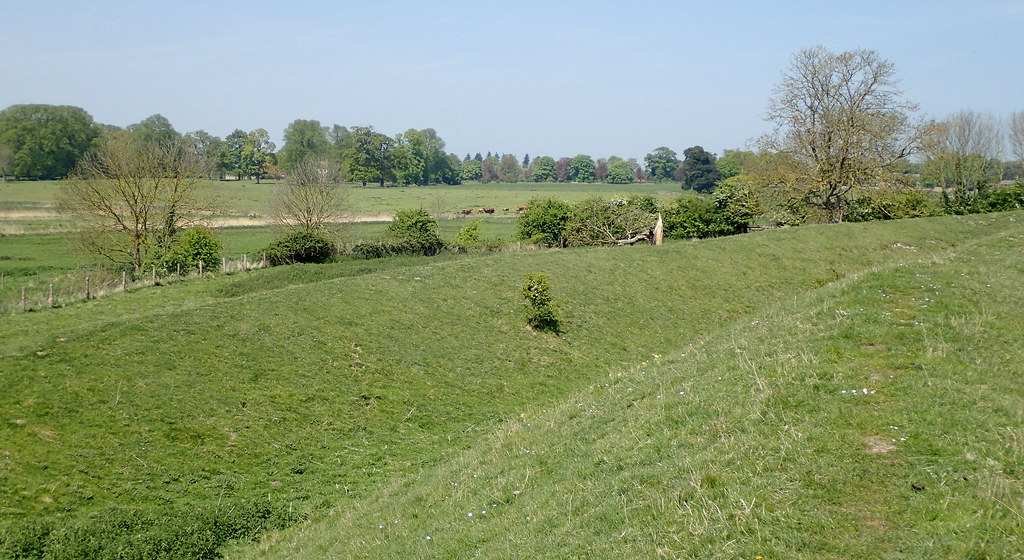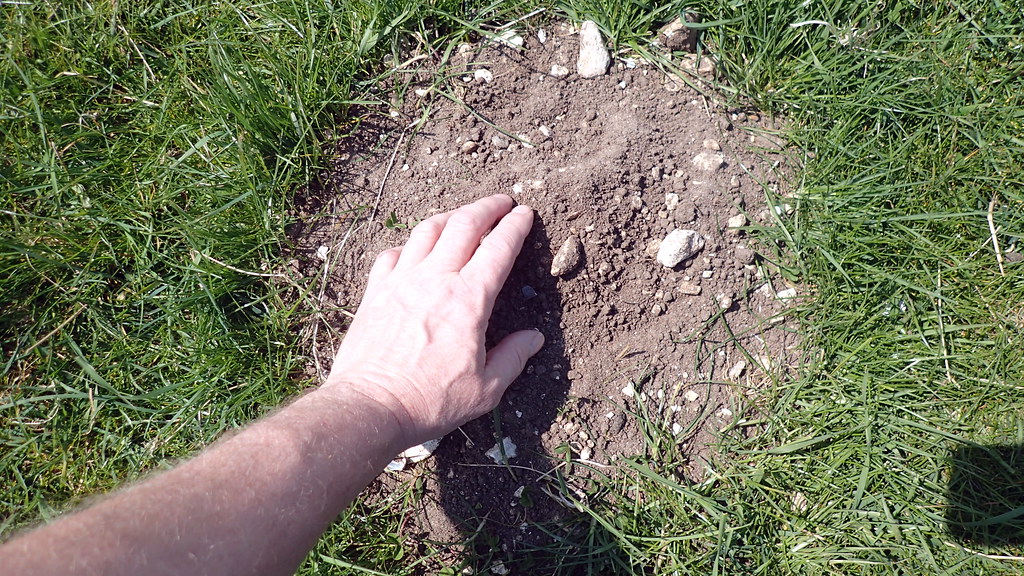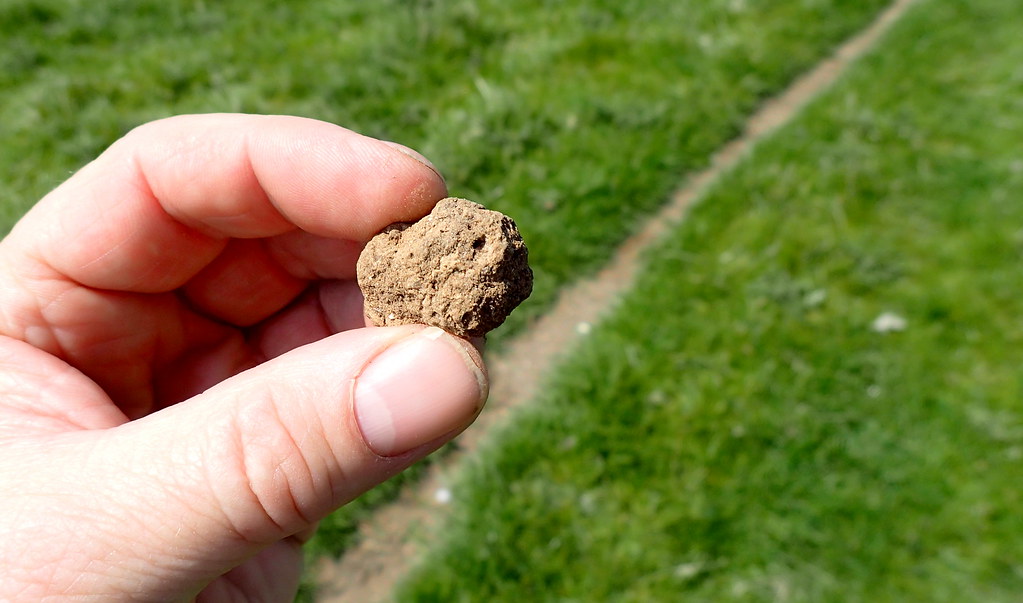I recently on one particularly sunny winter's afternoon, took a quick tour around a small selection of medieval churches within the dense geographical cluster in my mother's family tree.
Reedham St John the Baptist
My Ancestry Place report for Reedham, Norfolk.
1771-08-05 Marriage Maye, Judith (I0328) and Shepherd, James (I0327)
1793-01-28 Marriage Shepherd, Judith (I0323) and Goffen, Richard (I0320)
1793-10-11 Birth Goffen, Edward (I0324)
1793-10-11 Birth Goffen, Edward (I1321)
1795-10-26 Birth Goffen, Richard (I0314)
1795-11-01 Baptism Goffen, Richard (I0314)
1799-02-24 Birth Goffen, William (I1318)
1803-06-05 Birth Goffen, John (I1319)
1805-10-06 Birth Goffen, James (I1320)
1818-03-24 Death Goffen, William (I1318)
1841-06-06 Census Shepherd, Judith (I0323) Age 68, independent. Widow.
1851-03-30 Occupation Goffen, Richard (I0314) Inn keeper and master carpenter. Brick Kiln pub, Reedham riverside.
about 1852 Birth Goffen, Sarah Anne (I0302)
1861-04-07 Census Goffen, Richard (I0314) 65 year old carpenter with wife and children. By the river.
1861-11-04 Burial Goffen, Richard (I0314) Age 66
1863-04-04 Death Goffen, John (I1319)
1895-07-24 Death Goffen, James (I1320)
Freethorpe All Saints
My Ancestry Place Report for Freethorpe, Norfolk
calculated 1771 Birth Waters, Robert (I1378)
calculated 1772 Birth Ransby, Elizabeth (I1379)
calculated 1804 Birth Waters, Mary (I0307)
1804-01-29 Baptism Waters, Mary (I0307)
1808-06-26 Birth Waters, Judith (I1469)
1810-01-11 Birth Waters, Martha (I1470)
1813-01-03 Baptism Waters, Elizabeth (I1471)
1814-05-22 Baptism Waters, Elisa (I1472)
1823-07-23 Marriage Waters, Mary (I0307)
1823-07-23 Marriage Waters, Mary (I0307) and Key, William (I0306)
1826-06-11 Baptism Key, Maria (I1377)
1828-06-01 Baptism Key, Susan (I1376)
1846-02-06 Birth Key, Sarah Ann (I0309)
1848-02-20 Birth Key, George (I0301)
1848-03-13 Baptism Key, George (I0301)
1851 Census Key, William (I0306) Near the Green, age 47 born at Norwich, with wife Mary and two children including George age 3
1851 Occupation Key, William (I0306) Agricultural labourer
1851 Census Waters, Robert (I1378) Near the Green. Age 80 with wife Elizabeth.
1851 Census Ransby, Elizabeth (I1379) Age 79, living near the Green, with husband Robert, in Freethorpe. Place of birth - Freethorpe.
1855-01-16 Burial Waters, Robert (I1378) Age 86
1870-03-01 Marriage Goffen, Sarah Anne (I0302) and Key, George (I0301)
about 1885 Birth Key, Florence (I0070)
1891-04-05 Census Key, George (I0301) 43 year old carpenter, born Freethorpe, with wife Sarah and four children, including sarah, age 20, working as domestic servant
1891-04-05 Census Key, Florence (I0070) Age 6, with parents and siblings. Born Freethorpe. Father was a carpenter.
1901-03-31 Census Key, George (I0301) 53 year old carpenter with Sarah and son George.
1901-04-05 Census Goffen, Sarah Anne (I0302) Age 48 born at Reedham, with carpenter husband George Key.
1905-11-21 Birth Curtis, Ernest William (I0047)
1916-09-17 Marriage Turner, Mary Ann Elizabeth (I1259) and Curtis, Herbert Henry (I1250)
Strumpshaw St Peter
My Ancestry Place Report for Strumpshaw, Norfolk
1747-11-24 Marriage Rowland, John (I0291) and Dawes, Sarah (I0292)
before 1773-03-16 Birth Rose, Robert (I0256)
1774-04-10 Marriage Cossey, Martha (I0346) and Norton, David (I0345)
before 1774-12-04 Birth Norton, Lydia (I0340)
before 1775-03-18 Birth Rose, John (I0248)
1777-01-00 Death Norton, David (I0345)
1777-10-19 Marriage
Banns
Briggs, John (I1526) and Jacobs, Elizabeth (I1557) Both single, of Strumpshaw
1779-01-05 Marriage Rowland, Joseph (I0281) and Symonds, Ann (I0282)
before 1779-03-17 Birth Rose, Henry (I0242)
before 1779-11-15 Birth Rowland, Martha (I0249)
calculated 1781 Birth Briggs, Susanna (I0311)
before 1782-03-28 Birth Rose, Susannah (I1034)
before 1784-10-28 Birth Rose, Mary (I1035)
1785-08-05 Baptism Dingle, Robert (I1448)
1787-01-04 Baptism Dingle, William (I1449)
1788-07-10 Baptism Dingle, Anna Maria (I1450)
1790-06-29 Burial Rose, Henry (I0242) Pauper
1790-06-29 Burial Rose, Henry (I0254) Age 43. A married man and a pauper
1790-10-06 Baptism Dingle, Mary (I1451)
1792 Baptism Dingle, George (I1452)
1794-02-00 Death Gorll, Mary (I0255)
1795-08-11 Baptism Dingle, Elizabeth (I0258)
1801-10-27 Marriage Rose, John (I0248) and Rowland, Martha (I0249)
1802-03-02 Marriage Rose, Henry (I0242) and Ling, Margaret (I0243)
before 1802-06-15 Birth Rose, Margaret (I0244)
1802-08-02 Marriage Rose, Robert (I0256) and Nicholls, Ann (I0825)
1803-05-09 Marriage Briggs, Susanna (I0311) and Key, William (I0310)
before 1804-04-01 Birth Rose, John (I0251)
before 1804-10-10 Birth Rose, Fitt (I0827)
before 1805-06-16 Birth Rose, James (I0252)
before 1807-10-27 Birth Rose, Charlotte (I0828)
before 1809-05-12 Birth Rose, Rebecca (I0253)
before 1810-07-28 Birth Rose, Henry (I0829)
1819-01-27 Marriage Merrison, Lydia (I0342) To William King
1819-04-00 Death Symonds, Ann (I0282)
before 1823-12-07 Birth Rose, James (I0887)
before 1825-05-08 Death Rose, Amelia (I0886)
before 1826-10-22 Birth Rose, Amelia (I0888)
1827-01-09 Marriage Wilson, Ruth (I0944) and Rose, James (I0252)
1827-11-06 Marriage Curtis, William (I0209) and Rose, Mary Anne (I0210)
1828-01-03 Marriage Shorten, Thomas (I1019) and Rose, Rebecca (I0253)
1828-02-07 Marriage Tungate, James (I0847) and Rose, Charlotte (I0828)
before 1828-05-26 Birth Rose, William (I0889)
before 1830-09-03 Birth Curtis, William (I0199)
before 1831-05-02 Birth Rose, John (I0890)
1831-07-01 Marriage Wigg, George (I1031) and Rose, Martha (I0883)
1832-10-04 Marriage Rose, Susanna (I0832) and Rose, Henry (I0829)
before 1834-12-07 Birth Rose, Robert (I0891)
before 1836-02-07 Birth Rose, John (I0834)
before 1837-07-23 Birth Rose, Edward (I0892)
before 1838-04-14 Birth Rose, Samuel (I1022)
about 1839 Birth Tungate, George (I0852)
1839-06-03 Marriage Griffin, Jemima (I1033) and Rose, Richard (I0885)
before 1840-07-12 Birth Rose, Maria (I0893)
1841-08-15 Marriage Rose, Fitt (I0827) and Tungate,
Maria (I0830)
1841-12-06 Burial Briggs, John (I1526) Living at Wickhampton. Age 90
before 1842-06-18 Birth Rose, Maria (I0837)
before 1843-09-03 Birth Rose, Samuel (I0894)
1843-10-05 Burial Dingle, Thomas (I1446)
1845-10-00 Death Rose, John (I0248)
1847-04-08 Marriage Rose, James (I0887) and Gymer, Mary (I0895)
before 1848-09-10 Birth Rose, Hannah (I0897)
1850-02-18 Marriage Rose, John (I0890) and Hendry, Agnes (I0920)
before 1850-04-07 Birth Rose, Elizabeth (I0898)
before 1850-06-09 Birth Rose, Emma (I0842)
before 1852-01-04 Birth Rose, Mary Ann (I0899)
before 1852-08-08 Birth Rose, George (I1009)
before 1854-05-16 Birth Rose, James (I0900)
1854-08-13 Baptism Rose, Robert (I0230)
before 1854-11-05 Birth Rose, Frederic (I1002)
before 1854-12-31 Birth Rose, Sarah (I0844)
before 1855-05-27 Death Rose, Emma (I0842)
before 1855-06-25 Death Rose, Sarah (I0844)
1857-02-00 Death Rose, John (I0834)
before 1857-03-30 Death Rose, Hannah (I0897)
before 1858-06-06 Birth Rose, William (I0845)
1859-05-26 Marriage Hendry, Margaret (I0915) and Rose, William (I0889)
before 1860-01-26 Birth Rose, John Henry (I1006)
before 1861-01-12 Birth Rose, Rachel (I1025)
1861-12-04 Burial Rowland, Martha (I0249)
1862-03-00 Death Rose, Susanna (I0832)
before 1864-02-24 Death Rose, Mary Ann (I0838)
before 1864-03-18 Birth Rose, Rachel (I1027)
1864-10-19 Marriage Mitchell, Richard (I0938) and Rose, Maria (I0893)
before 1864-11-16 Death Rose, John (I0890)
before 1865-08-06 Death Rose, Rachel (I1025)
before 1865-08-06 Death Rose, Rachel (I1027)
1872-02-20 Marriage Rose, Mary Ann (I0899) and Alexander, Frederick (I0906)
before 1873-01-05 Death Rose, John (I0251)
1876-01-01 Marriage Rose, George (I1009) and Broom, Alice (I1010)
1876-04-18 Marriage Rose, Elizabeth (I0898) and Thompson, George (I0905)
before 1876-07-02 Birth Rose, William (I0930)
before 1878-05-26 Birth Rose, Herbert (I0932)
before 1879-05-04 Death Marshall, Elizabeth (I0881)
before 1879-07-13 Birth Rose, Laura (I1013)
before 1882-03-12 Birth Rose, Alice Maude (I1015)
before 1882-10-15 Birth Rose, Anna (I0934)
before 1884-12-16 Birth Rose, Henry Herbert (I1008)
before 1884-12-21 Death Rose, Henry Herbert (I1008)
before 1886-03-21 Birth Rose, Henry (I0935)
1886-10-18 Marriage Rose, James (I0887) and Manthorpe, Mary Ann (I0896)
1887-07-07 Marriage Scott, Sarah Elizabeth (I0846)
and Rose, William (I0845)
before 1891-01-22 Death Rose, Anna (I0934)
1891-02-00 Death Rose, Fitt (I0827)
1895-03-30 Marriage Thrower, George Frederick
Cooper (I1012) and Rose, Edith
(I1011)
1895-04-00 Death Rose, Henry (I0829)
before 1895-05-03 Death Rose, George (I1009)
1900-04-21 Marriage Rose, Laura (I1013) and Benns, Clement Claude (I1014)
1901-04-27 Marriage Rose, William (I0930) and Nobbs, Mary Elizabeth (I0931)
1902-11-29 Marriage Rose, Alice Maude (I0933) and Rose, Herbert (I0932)
1902-11-29 Marriage Rose, Alice Maude (I1015) and Rose, Herbert (I1016)
before 1903-10-23 Death Rose, Edward (I0892)
before 1926-06-19 Death Susanna (I0923)
before 1943-12-24 Death Rose, James (I0900)
before 1949-04-23 Death Rose, Mary Mendham (I0907)















